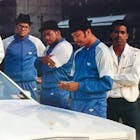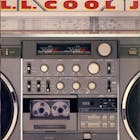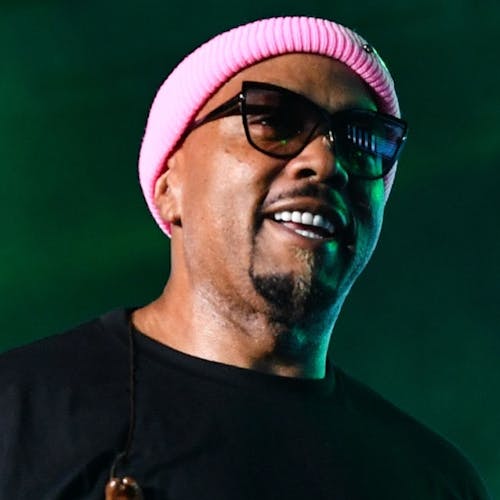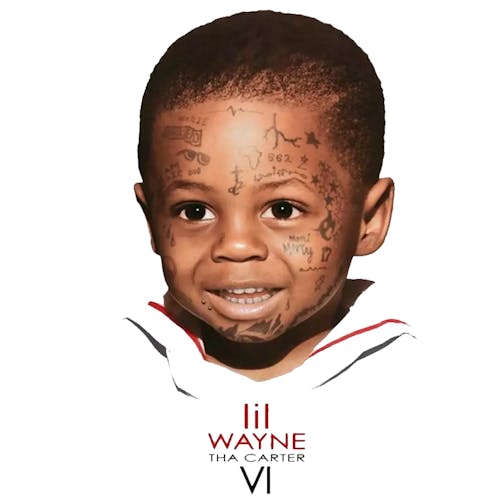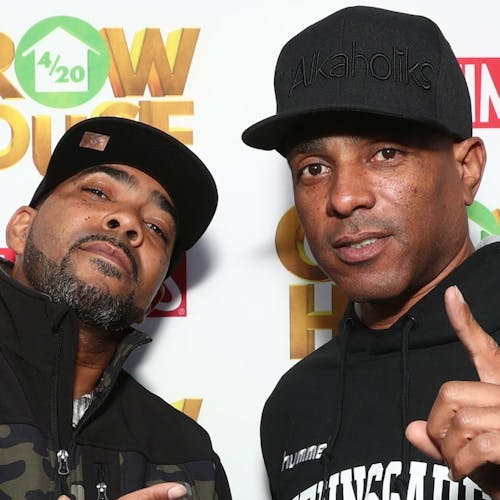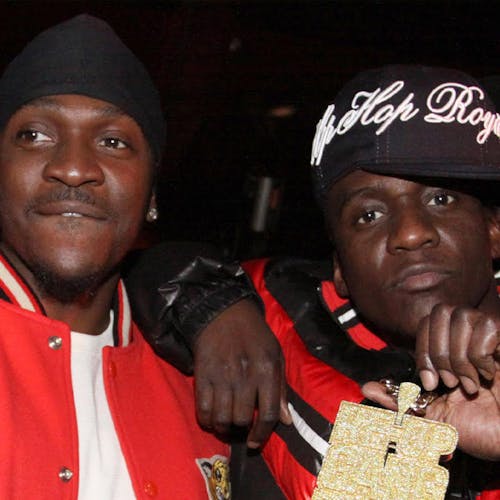Krush Groove takes place a decade before the internet and social media exist, but LL's performance was definitely a viral moment. For teenage Hip-Hop fans across the country this new cat (most of us didn't know what LL looked like prior to Krush Groove) was water cooler talk for weeks. We needed to hear more.
LL's next single, "I Can't Live Without My Radio" would give us the opportunity to hear the full song, and also place LL on Soul Train, American Bandstand, and on daytime FM radio, the trifecta that success was measured by in 1985. "I Can't Live Without My Radio" was an anthem for myself and legions of Hip-Hop fans. The love of the boom box, which was as much an element of Hip-Hop as DJing,B-Boying, MCing, and Graf in the mid 1980's resonated with us. "Wearin' light blue Puma's, a whole lotta gold" he yelled to an unsuspecting American Bandstand audience.
That was me. I owned those clothing items. For our generation this marked one of the first times that we saw ourselves speaking to Dick Clark and Don Cornelius. This connection that we felt to LL and what he represented translated at the record store. When Radio, LL's debut album dropped on November 18, 1985 we responded, eventually purchasing over 500,000 copies - Gold status, which was huge for a rap album at the time.





